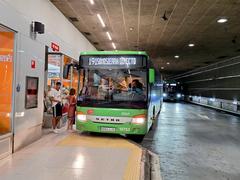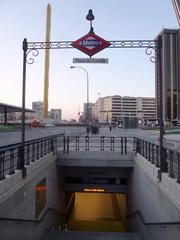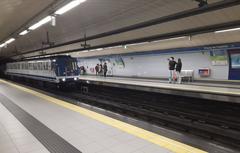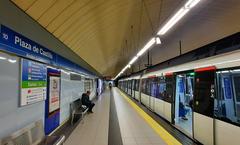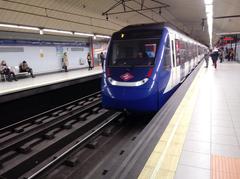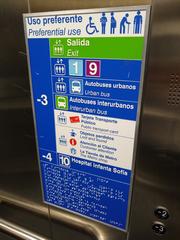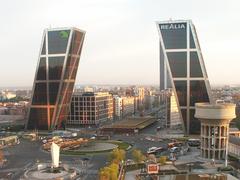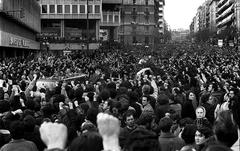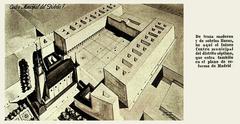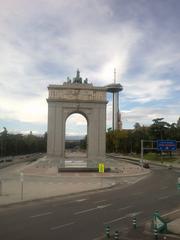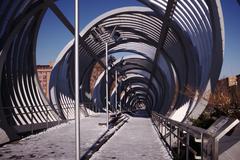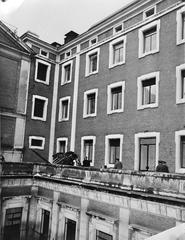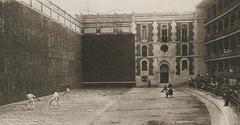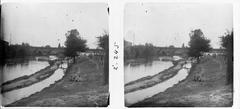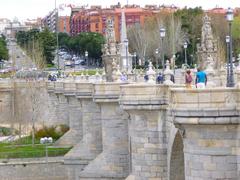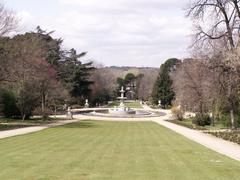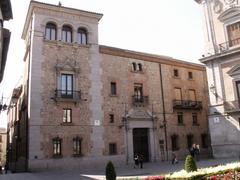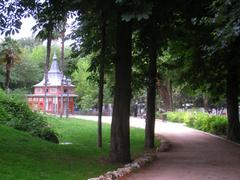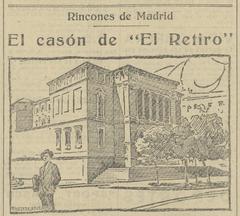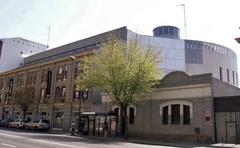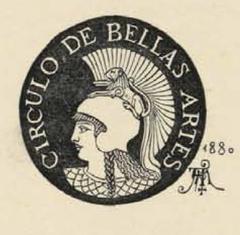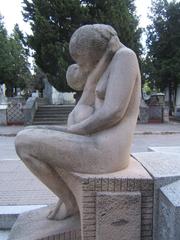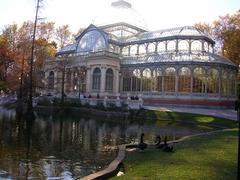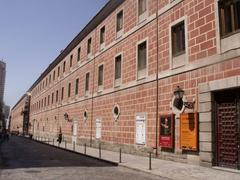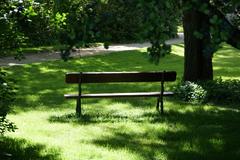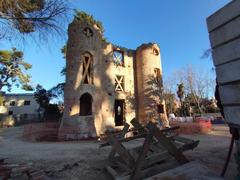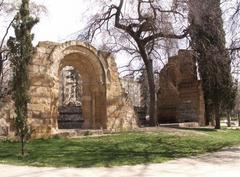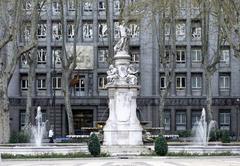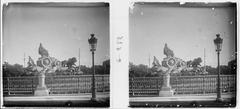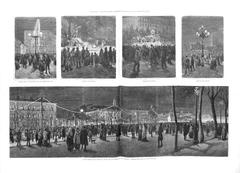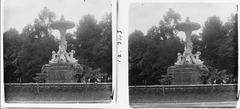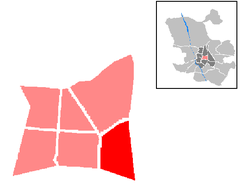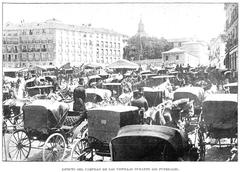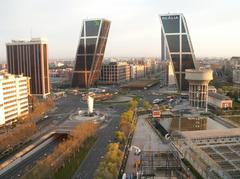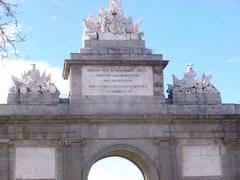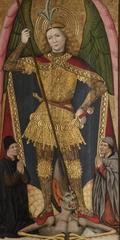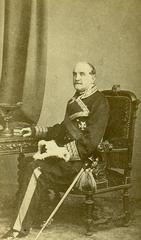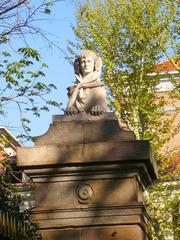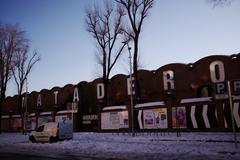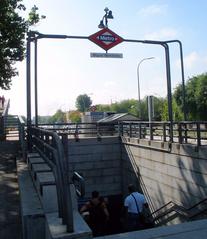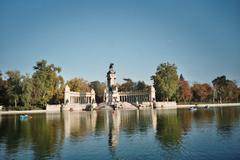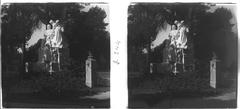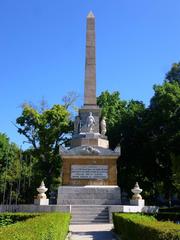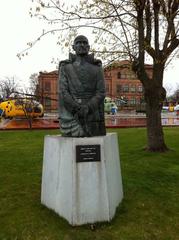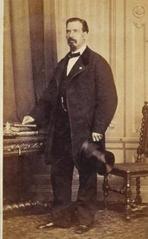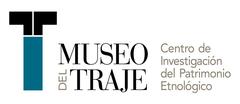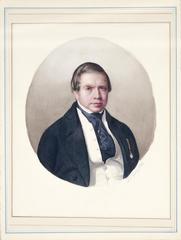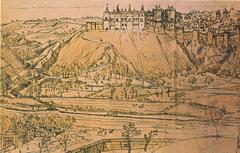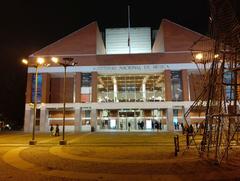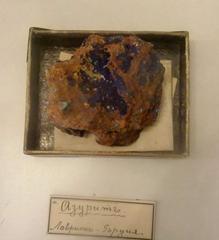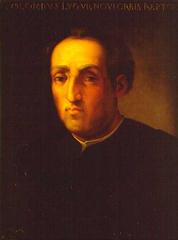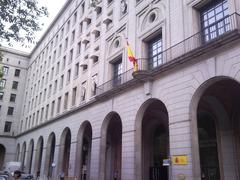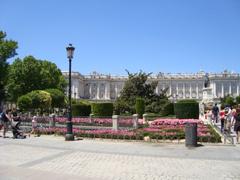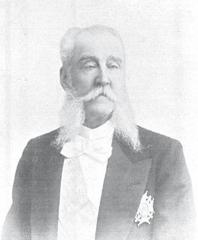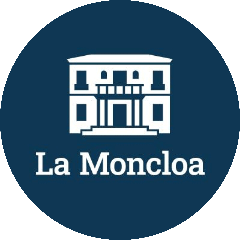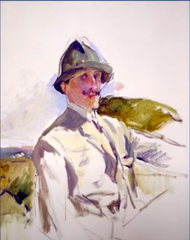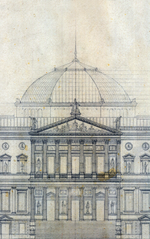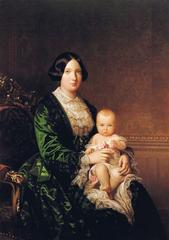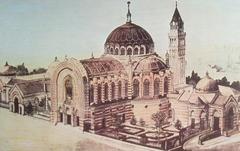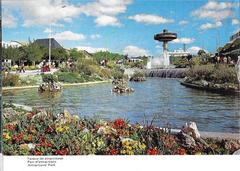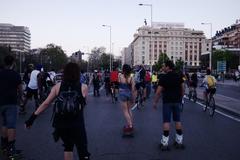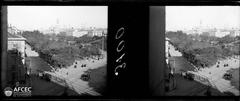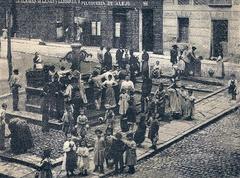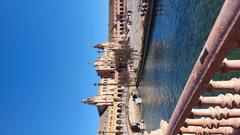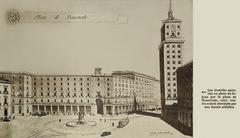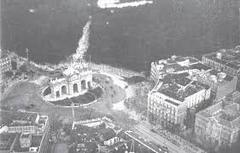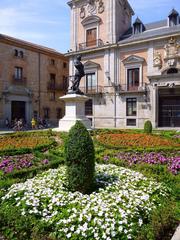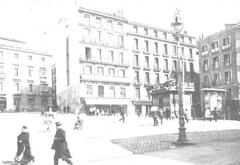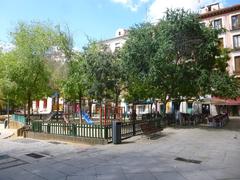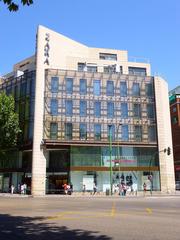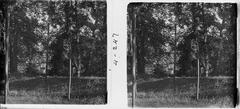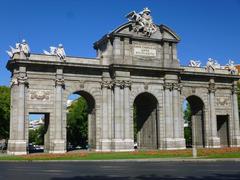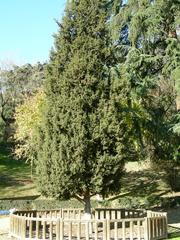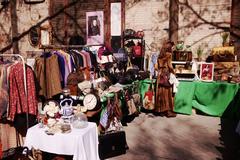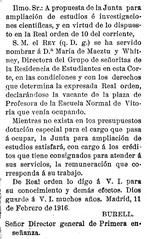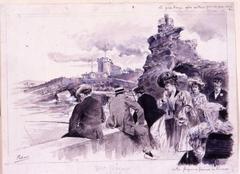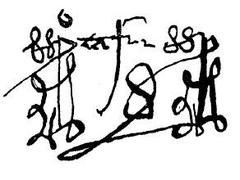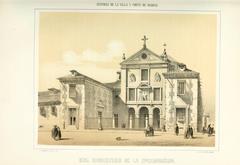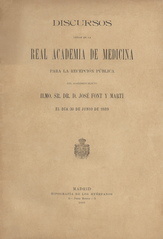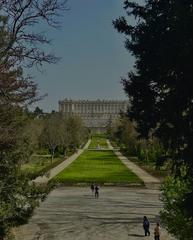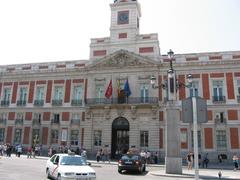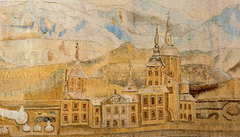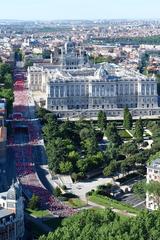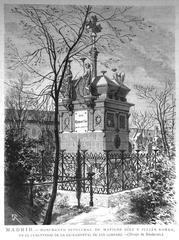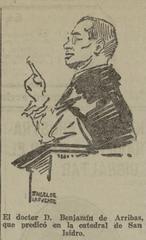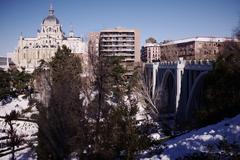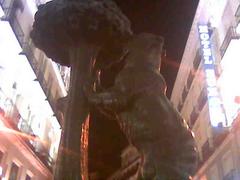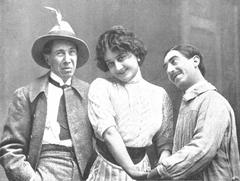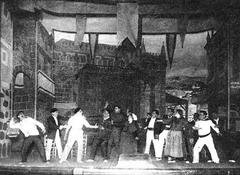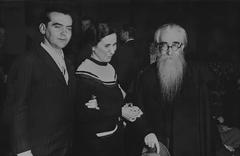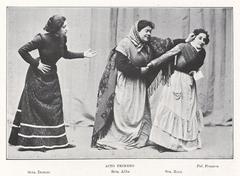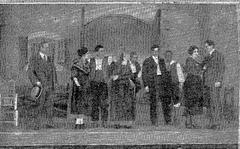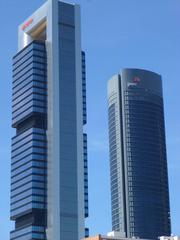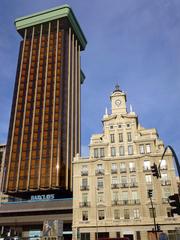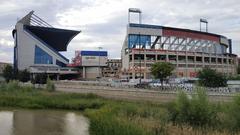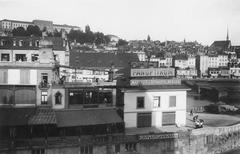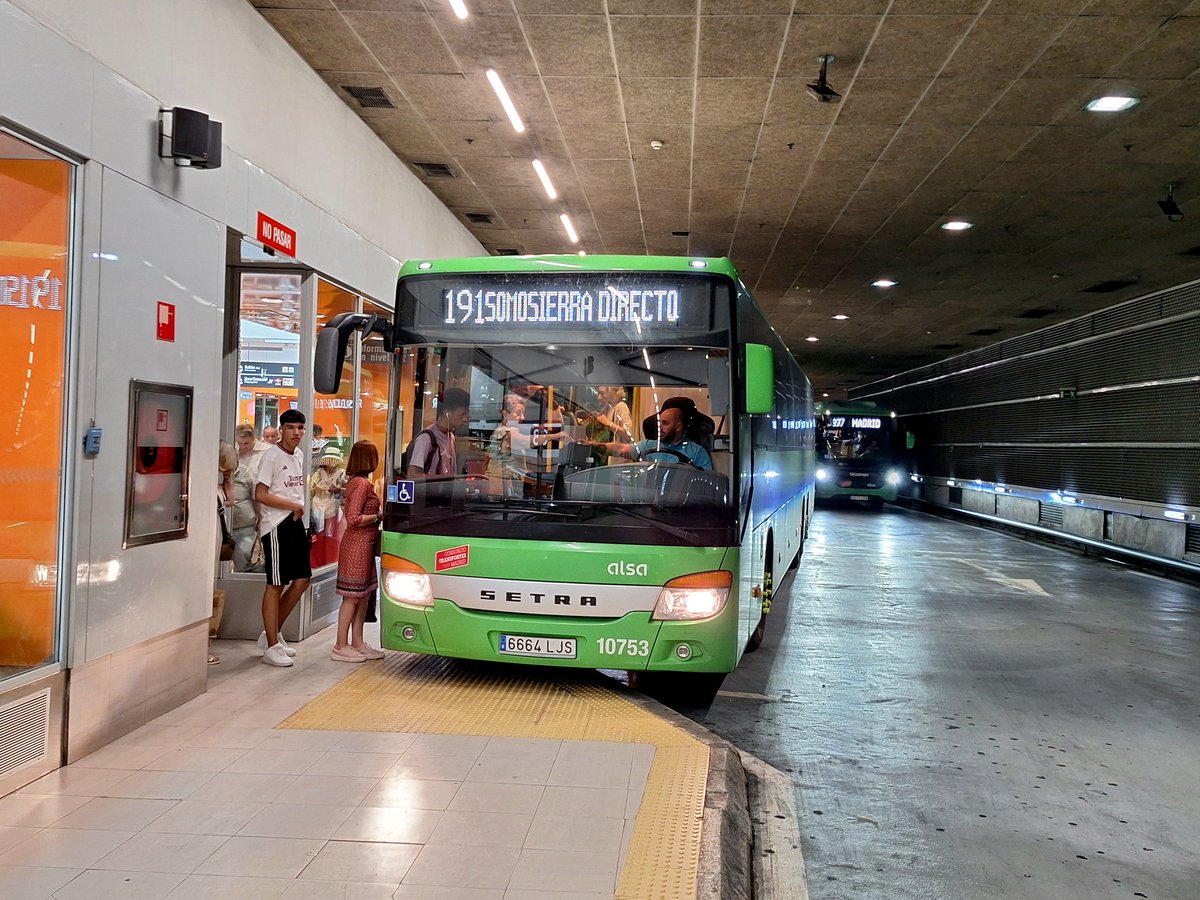
Comprehensive Guide to Visiting Nivel 0 - Isla 4, Madrid, Spain
Date: 24/07/2024
Introduction
Kilometer Zero, or ‘Kilómetro Cero,’ is a landmark of immense historical and cultural significance located in the heart of Madrid’s bustling Puerta del Sol square. Serving as the starting point for Spain’s road system, Kilometer Zero is not just a geographical marker but a symbol of national unity and historical depth. Established during the reign of Felipe V in the early 18th century, the marker has evolved from a simple milestone used during the Roman era to a modern-day focal point for both locals and tourists alike (Explanders). The plaque marking Kilometer Zero is situated in front of the Casa de Correos, the seat of the Government of the Community of Madrid, and is adorned with various symbols such as a map of Spain and the emblem of the College of Civil Engineers (Historias de Madrid). This guide delves into the rich history of Kilometer Zero, practical tips for visitors, and nearby attractions, offering a comprehensive overview for anyone planning to explore this iconic site.
Table of Contents
- Introduction
- Origins and Historical Context
- Establishment and Evolution
- Symbolism and Cultural Significance
- Modern-Day Relevance
- Visitor Tips
- Special Events and Guided Tours
- FAQ
- Conclusion
Origins and Historical Context
Kilometer Zero, also known as Kilómetro Cero, is a significant landmark located in the Puerta del Sol, one of Madrid’s most famous squares. This marker is not just a geographical point but a historical symbol that has played a crucial role in Spain’s road system and urban planning. The concept of a central point from which distances are measured dates back to ancient times. During the Roman era, a milestone known as the “Milliarium Aureum” served as the reference point for all roads in the Roman Empire (Explanders).
In Spain, the idea of Kilometer Zero was formalized during the reign of Felipe V in the early 18th century. Six major roads were constructed, radiating out from Madrid, with milestones indicating the distance from this central point. Initially, distances were measured in leagues, a unit of length used in Spain at the time (Historias de Madrid).
Establishment and Evolution
The first official Kilometer Zero plaque was installed in 1950. This plaque marked the starting point for measuring distances on Spain’s six national roads, A-1 to A-6. The plaque also serves as the reference point for street numbering in Madrid, with numbers starting from the end closest to Puerta del Sol (Atlas Obscura).
Interestingly, the plaque underwent a significant change in 2009. The original plaque had become worn out due to years of foot traffic and was replaced with a new one. However, during some construction work in the early 2000s, the plaque was accidentally installed upside down, causing confusion until it was corrected in February 2002 (Historias de Madrid).
Symbolism and Cultural Significance
Kilometer Zero is more than just a geographical marker; it holds deep cultural and symbolic significance for Spain. Located in front of the Casa de Correos, the seat of the Government of the Community of Madrid, the plaque is a popular spot for tourists and locals alike. It is often one of the first photos taken by visitors to Madrid, symbolizing the starting point of their journey in Spain (Historias de Madrid).
The plaque itself is adorned with various symbols, including a map of Spain with the six radial roads, the emblem of the College of Civil Engineers, Canals and Ports, and the old shield of Madrid featuring a griffin, a bear, and a madroño (strawberry tree). These symbols reflect the historical and engineering significance of the marker (Historias de Madrid).
Modern-Day Relevance
Today, Kilometer Zero continues to serve as the reference point for measuring distances in Spain. It is also a focal point for various cultural and social activities in Madrid. For instance, the Puerta del Sol is a popular gathering place for New Year’s Eve celebrations, where people gather to eat twelve grapes at the stroke of midnight, a tradition believed to bring good luck for the coming year (Wikipedia).
Moreover, the area around Kilometer Zero is bustling with activity, featuring numerous shops, restaurants, and historical landmarks. The proximity to other significant sites like the Royal Palace, Plaza Mayor, and the Prado Museum makes it a central hub for tourists exploring Madrid (Voyage Tips).
Visitor Tips
Best Time to Visit
The best time to visit Madrid is during the spring or fall when the weather is mild and the city is less crowded. Avoid the peak summer months of July and August, as temperatures can soar above 35°C (95°F) (Travellers Worldwide).
Getting There
Puerta del Sol is easily accessible via public transportation. The Sol metro station is served by lines 1, 2, and 3, making it convenient to reach from various parts of the city (Mint Notion).
Nearby Attractions
While in the area, consider visiting other nearby attractions such as the Royal Palace, Plaza Mayor, and the Prado Museum. These sites are within walking distance and offer a deeper insight into Madrid’s rich history and culture (Voyage Tips).
Photography
Kilometer Zero is a popular spot for photos, so be prepared for crowds, especially during peak tourist seasons. Early mornings or late evenings are usually less crowded times to capture your perfect shot.
Local Etiquette
When visiting, be mindful of local customs and etiquette. Spaniards are generally friendly and welcoming, but it’s always good to be respectful and polite, especially in crowded public spaces (Guide).
Special Events and Guided Tours
Kilometer Zero is often included in guided tours of Madrid, which can provide additional historical context and interesting anecdotes. Special events, such as the annual New Year’s Eve celebration, draw large crowds and are a unique way to experience Spanish culture firsthand.
FAQ
What is Kilometer Zero? Kilometer Zero is a landmark in Madrid’s Puerta del Sol that serves as the starting point for Spain’s radial road network.
How do I get to Kilometer Zero? You can reach Kilometer Zero by taking the metro to the Sol station, which is served by lines 1, 2, and 3.
Are there any tickets required to visit Kilometer Zero? No, visiting Kilometer Zero is free of charge and open to the public at all times.
What are the best times to visit Kilometer Zero? Early mornings or late evenings are the best times to visit to avoid crowds.
Conclusion
Kilometer Zero in Madrid’s Puerta del Sol is more than just a starting point for Spain’s radial road network; it is a cultural and historical emblem that encapsulates the essence of Spain. From its origins in the 18th century to its modern-day significance, Kilometer Zero serves as a reminder of Madrid’s central role in the nation’s history and infrastructure (Atlas Obscura). Its location in the bustling Puerta del Sol square makes it a focal point for various cultural and social activities, including New Year’s Eve celebrations and guided historical tours (Wikipedia). Whether you’re a history enthusiast, a cultural explorer, or a curious traveler, visiting Kilometer Zero offers a unique glimpse into Spain’s heart. Don’t miss the chance to capture a photo of this iconic landmark and explore the vibrant surroundings of Madrid. For more travel tips and updates, follow us on social media and check out our related posts.
